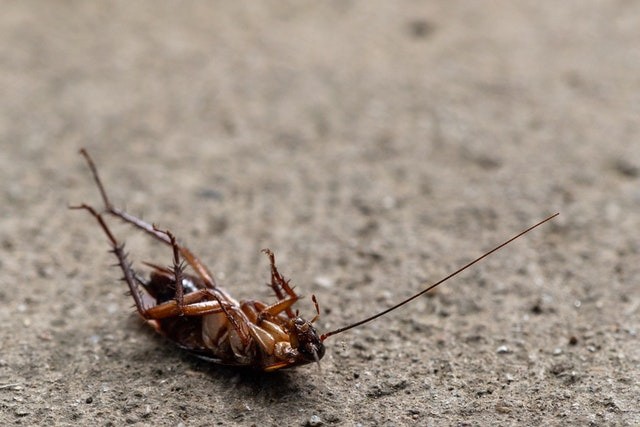Cockroaches were present when the boulder known as the Chicxulub meteorite fell from space and slammed into the Earth 66 million years ago.
The collision created a tremendous earthquake, and experts believed it prompted volcanic eruptions thousands of kilometers away.
Except for some organisms that were predecessors of today's birds, three-quarters of all plants and animals on Earth died, including all dinosaurs.
Cockroaches survival on the struck of meteor

Temperatures on Earth's surface soared after the meteor hit.
Many creatures had nowhere to go, but roaches could hide in tiny soil cracks, which offered good heat protection, as per Newsbreak.
The meteor's collision set off a chain of events. The sky darkened as a result of the dust it stirred up.
Temperatures plummeted as the sun set, and conditions became snowy all around the world.
Surviving plants struggled to thrive in the lack of sunlight, and many other species that relied on those plants went hungry.
Cockroaches are little survival insects that can survive almost everywhere on land, from the tropics to the furthest reaches of the world.
They are estimated to number over 4,000 species, according to scientists.
A few of these species thrive in human environments and rapidly become pests.
It's difficult to get rid of cockroaches and their oothecae after they've established themselves in a structure.
When vast numbers of roaches congregate in filthy environments, illnesses can spread.
The allergens they create, which can provoke asthma attacks and allergic responses in certain people, are the greatest hazard they represent to human health.
How did cockroaches survive all these years?
For the first time, the genome of the American cockroach has been sequenced, explaining why these creepy-crawlies are such hardy survivors.
In comparison to other insects, the roach (Periplaneta americana) has a large number of gene families associated to taste and smell, detoxification, and immunology, according to a new study published in the journal Nature Communications on March 20.
It makes tremendous sense in the context of the lifestyle, said Coby Schal, a North Carolina State University entomologist who was part of a team that published a genomic study of the German cockroach (Blattella germanica) last month.
According to Schal, many of the gene groups that grew in the American cockroach also grew in the German cockroach.
In addition, American cockroaches possessed a larger-than-average set of genes dedicated to metabolizing noxious compounds, such as pesticide components.
As per Schal, German cockroaches have comparable adaptations.
He claimed that both animals evolved these genetic alterations long before humans arrived on the scene.
Roaches were "pre-adapted" to the pesticides that people hurl at them because of their predisposition to reside near toxin-producing bacteria and ingest plant materials that could contain harmful compounds, according to Schal.
According to Li and colleagues, the American cockroach possessed an extended family of immune genes, which was likely another adaptation for tolerating filthy conditions and fermenting food sources.
Finally, the roach possessed a great number of genes involved in development, such as those involved in generating the insect's juvenile hormone or exoskeleton proteins.
The researchers reasoned that this made sense because American cockroaches may grow up to 2 inches (53 millimeters) long and molt several times to achieve that size.
Related article: Remote-Controlling Cockroaches is Against Law - PETA
© 2025 NatureWorldNews.com All rights reserved. Do not reproduce without permission.





